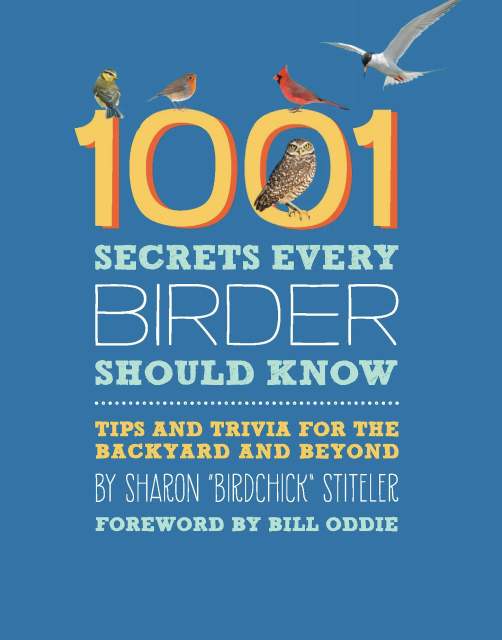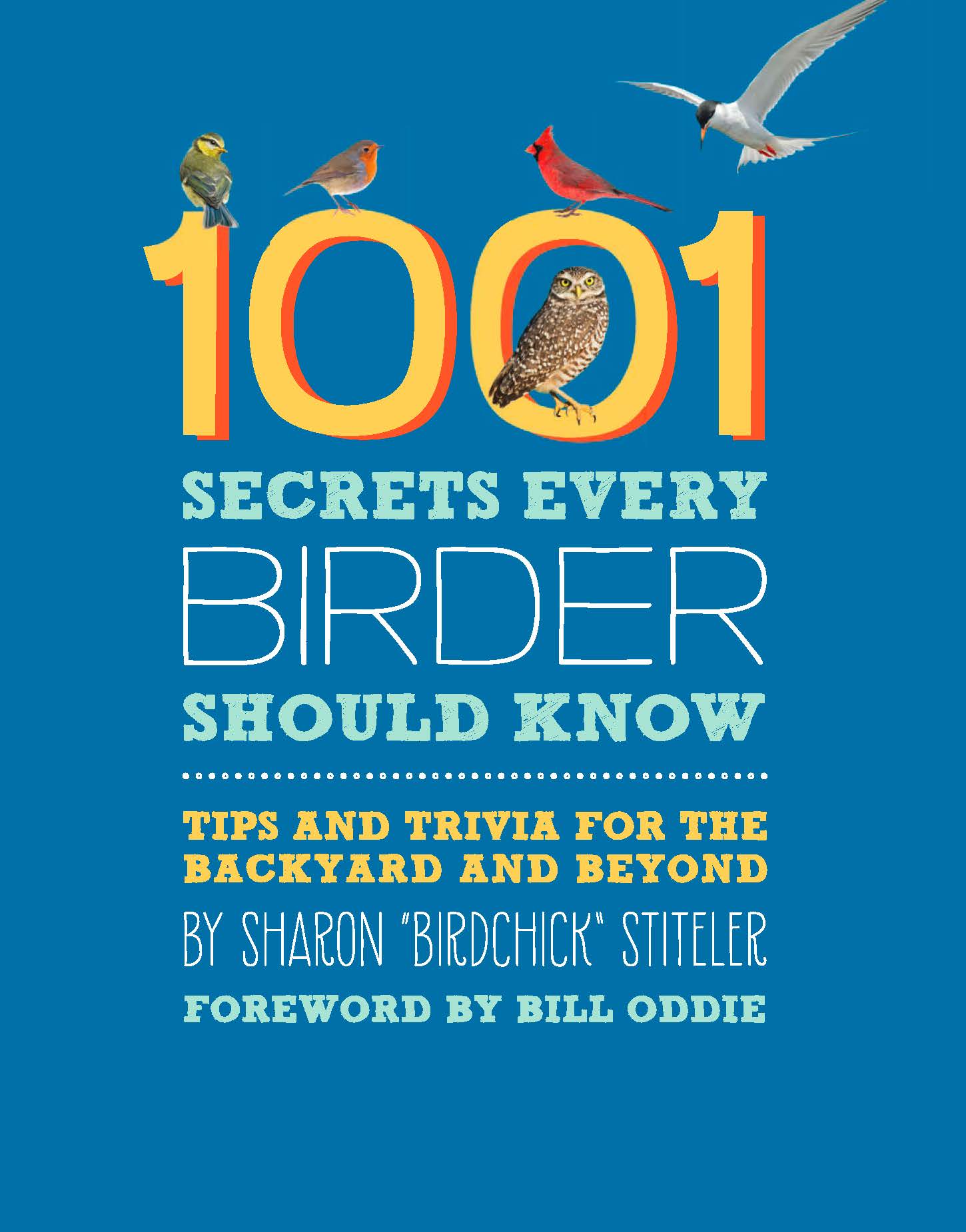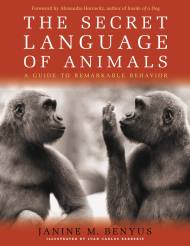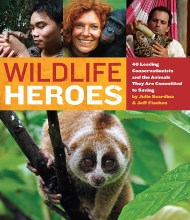Promotion
Shop now and save 20% on your back-to-school purchases & get free shipping on orders $45+ Use code: SCHOOL24
1001 Secrets Every Birder Should Know
Tips and Trivia for the Backyard and Beyond
Contributors
Formats and Prices
Price
$12.99Price
$16.99 CADFormat
Format:
ebook $12.99 $16.99 CADThis item is a preorder. Your payment method will be charged immediately, and the product is expected to ship on or around April 30, 2013. This date is subject to change due to shipping delays beyond our control.
Also available from:
This accessible guide includes fun facts, such as where certain birds got their names, how birds eat, how they find a life partner, and how they build a home for the chicks. Other useful information includes identification tips, migration patterns, and where the best birding vacation spots are. Packed with full-color photos, 1,001 Secrets Every Bird Watcher Should Know is a fun, informative read for every bird watcher.
- On Sale
- Apr 30, 2013
- Page Count
- 296 pages
- Publisher
- Running Press
- ISBN-13
- 9780762448326
Newsletter Signup
By clicking ‘Sign Up,’ I acknowledge that I have read and agree to Hachette Book Group’s Privacy Policy and Terms of Use







